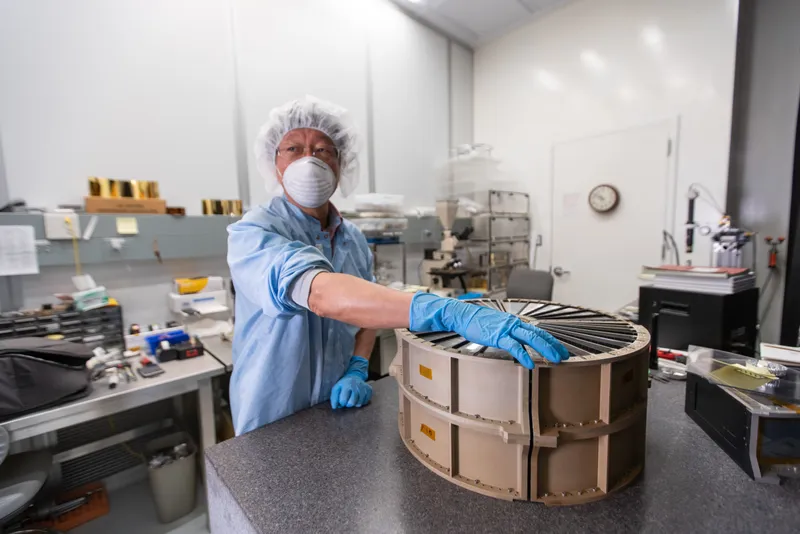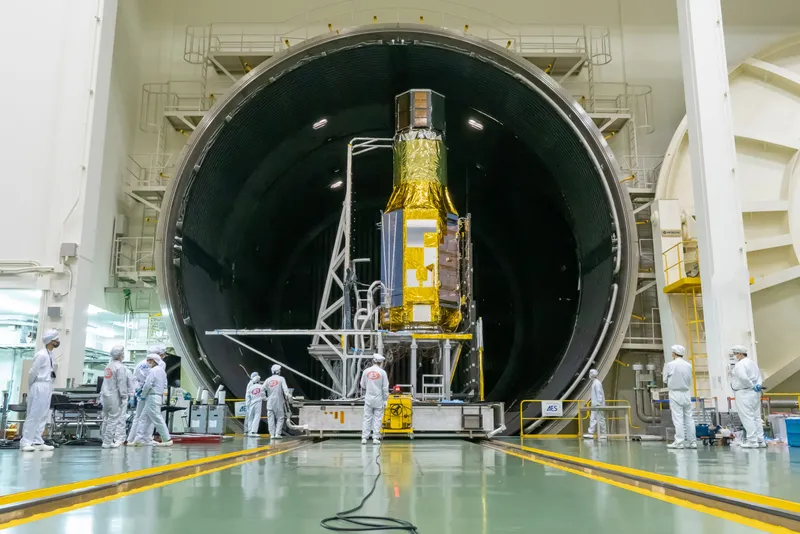The Japanese XRISM spacecraft is set to launch on a mission to study some of the hottest known places in the Universe.
XRISM (X-ray Imaging and Spectroscopy Mission) is a collaboration between the Japan Aerospace Exploration Agency (JAXA) and NASA, with participation from the European Space Agency (ESA).
XRISM (X-ray Imaging and Spectroscopy Mission) had scheduled to launch from Tanegashima Space Center in Japan on Saturday 28 August.

What will XRISM do?
XRISM's key instrument, called Resolve, has been tasked with observing x-ray data from some of the hottest objects found in space, including black holes and galaxy clusters.
In order to do this, the Resolve instrument has to be kept incredibly cold: just a few hundredths of a degree warmer than absolute zero Kelvin.
That's 20 times colder than the Boomerang Nebula, which is the coldest natural place in the Universe.

XRISM's Resolve instrument
The reason the Resolve instrument has to be kept so cold is because it needs to detect tiny temperature increases caused by x-rays from deep space.
The instrument will collect this information thereby building up data revealing how bright a particular source is in various x-ray energies.
Astronomers can then use these x-ray spectra to identify chemical elements in each source.
This is done via the process of spectroscopy, much like a prism splitting white optical light into its constituent colours.
As a result, XRISM will be able to reveal the 'fingerprints' of chemical elements in the collect data.

“With current instruments, we’re only capable of seeing these fingerprints in a comparatively blurry way,” said Brian Williams, NASA’s XRISM project scientist at Goddard.
“Resolve will effectively give X-ray astrophysics a spectrometer with a magnifying glass.”
Through this technique, XRISM is expected to shed light on exploding stars (supernovae), black holes and their host galaxies, and galaxy clusters.
XRISM's other instrument, known as Xtend, will give the spacecraft one of the largest fields of view of any x-ray space telescope to date.
It will observe a region of the sky equivalent to about 60% larger than the average apparent size of the full Moon.
Find out more via the JAXA XRISM webpage.

